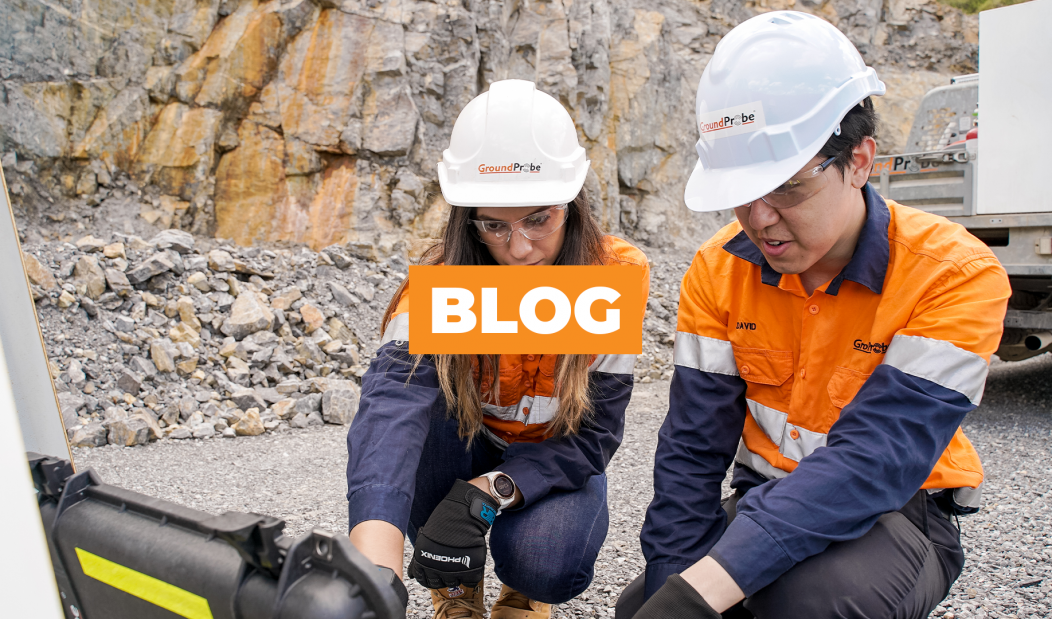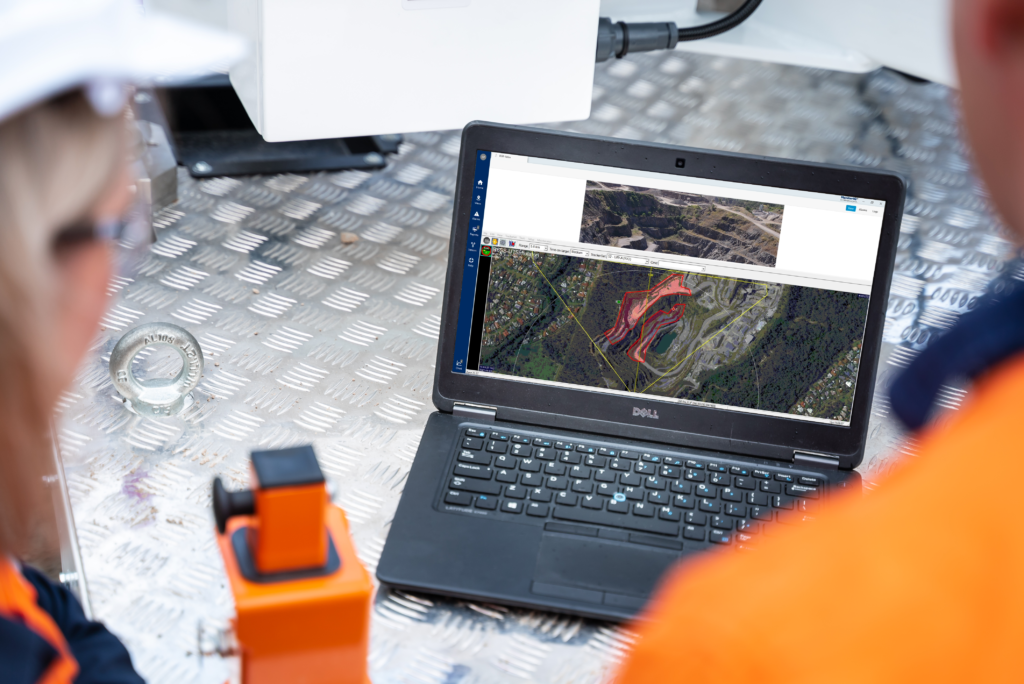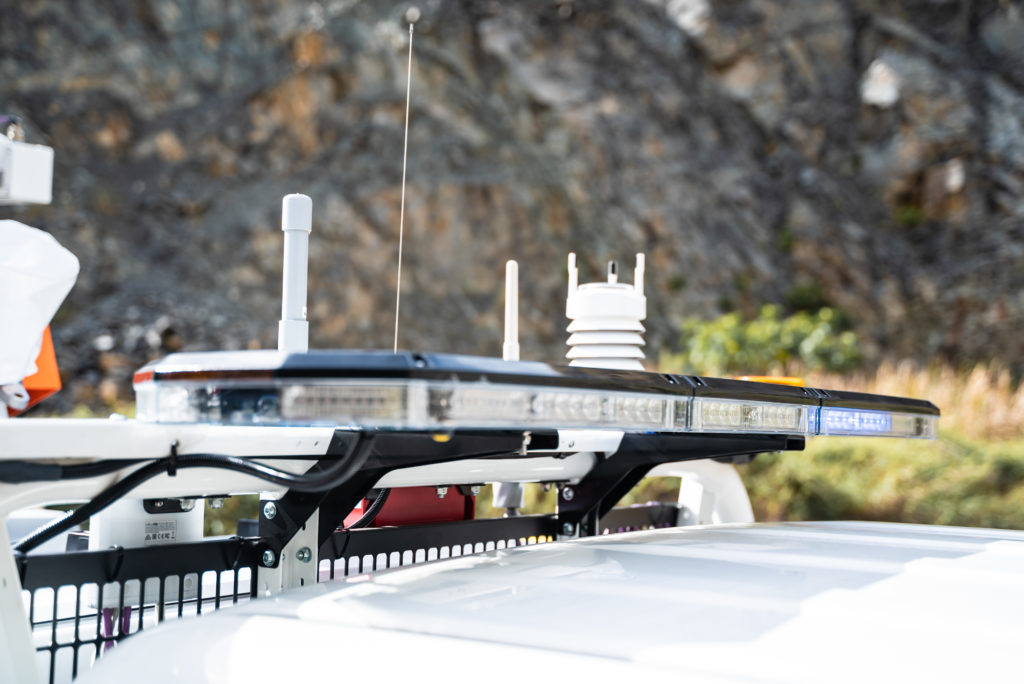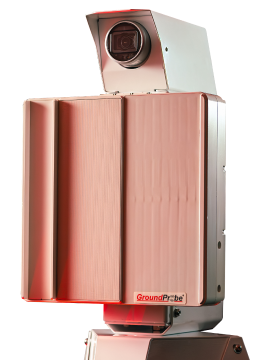RGR-Velox: Unrivalled Confidence with Independent Alarm Zones, Triggers and Outputs

When it comes to arming potential geohazards with emergency alarm systems, there is no compromise. A missed alarm is unconscionable, and false alarms can come with large penalties and a breach of trust in the community.
With customisable and stackable parameters and filters across multiple alarm zones, alarming can be customised to suit every scenario. Users are empowered to design alarms tailored entirely to their own site challenges and conditions. This new system of customisation is met with unrivalled confidence, enabling sites to not miss an alarm and to avoid false alarms.
Alarm Zones
Users can break up the scene into multiple alarm zones, each with their own unique alarm triggers and outputs. For added assurance, alarm zones can overlap.
Multiple alarm zones can be combined into the one alarm and contiguous alarm zones can be combined sequentially to track the movement of collapses in real-time.

Alarm Triggers
Alarms can be set with specific settings of varying parameters and filters. Core criteria can include velocity, direction of movement, radar cross-section (RCS) size estimation and area of movement. Completely customisable to the application and site, users can select as many or a few parameters and filters as needed.
By allowing sites to design an alarm that balances the real movement of non-geohazards – such as people, birds, machinery and vehicles – from the debris flow of real geohazards, users are empowered to not miss an alarm and to avoid false alarms.
Adding to the avoidance of false alarms is the fact that the RGR-Velox is low-frequency technology. Lower frequency means better handling of atmospherics and fewer false alarms than high-frequency systems.
Alarm Outputs
Alarm outputs are completely configurable per individual alarm zone or per combined alarm zones. When user-defined alarm parameters are triggered, the system outputs alarms for immediate action or evacuation through a range of channels and devices.
Alarms can be sent to certain devices, people or methods including SMS, phone and email or by XML to any device – such as lights, sirens, boom gates and radios. Alarms can also be viewed and acknowledged in the Alarm Centre.

GroundProbe’s Geotechnical Support Services engineers can also work with customers to review and optimise alarm settings in response to any unwanted alarms.
More Information
For more information on the RGR-Velox, click here or get in touch with your local GroundProbe office.


